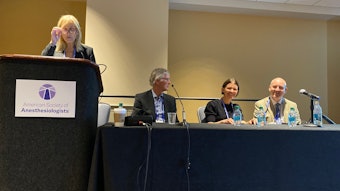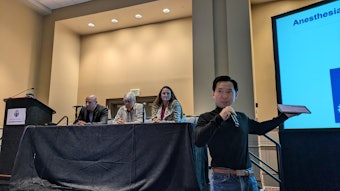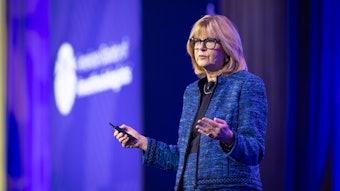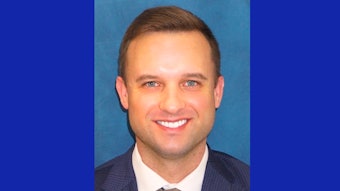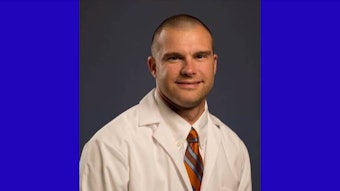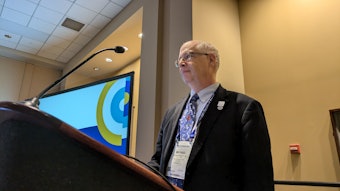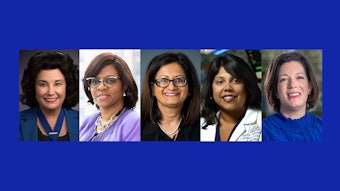A government challenge
Is the Quality Payment Program anesthesiology friendly?

The Quality Payment Program (QPP) was established by the Centers for Medicare & Medicaid Services (CMS) with the idea of promoting cost-effective, high-quality patient care, shifting the focus from volume to value. However, from the beginning, the rules governing the QPP placed a higher value on outcomes-based quality measures as opposed to being based on process or efficiency. The result was a playing field that was less than friendly to anesthesiology.
“Anesthesia care is very safe now, and most outcomes are excellent, so pulling out individual outcomes during the immediate perioperative period that are meaningful and can be quantified and measured reliably from practice to practice is very difficult,” said Sheila Barnett, MD, BSc, FASA, Chair of Anesthesiology at Dartmouth-Hitchcock Medical Center in Lebanon, New Hampshire. “We have very high patient safety rates and a low tolerance for errors, so you can’t just use rare complications for outcomes. In contrast to other medical specialties, patient outcomes can be very quantifiable – such as hemoglobin A1C for diabetic patients or blood pressure control for hypertensive patients. For those of us in anesthesiology, that makes it challenging.”
Those challenges, and their potential solutions, were the topic of discussion in 2024 session, “Quality Reporting and Value-Based Payments: Does the Current System Work for Anesthesiologists?”
Vilma Joseph, MD, MPH, FASA, Professor of Anesthesiology at Albert Einstein College of Medicine and Montefiore Medical Center in New York City, said anesthesiologists should be aware of the basic structure of the QPP, including how CMS is encouraging anesthesiologists to move from reporting through the traditional Merit-based Incentive Payment System (MIPS) to the MIPS Value Pathways (MVPs) option. As the field moves toward a more focused, collaborative approach to quality via reporting MVPs and Alternative Payment Models, anesthesiologists need to be aware of several overarching CMS strategic goals. Since 2021, CMS has placed significant focus on health equity, social determinants of health, and environmental sustainability. Dr. Joseph said ASA is doing a lot of work to help anesthesiologists keep up with these important goals and the overall payment program.
“For instance, quality measures and improvement activities are constantly being submitted by the ASA Committee on Performance and Outcomes Measurement [CPOM],” Dr. Joseph said. “CPOM members are interfacing with a CMS-approved organization that recommends measures approved for all specialties.”
The difficulty, Dr. Barnett said, is what makes a good metric for one specialty might not make a good metric for anesthesiology, as illustrated with HBA1c and BP control.
“The biggest challenge for anesthesiology is getting quality measures that are meaningful and can be used across many practices, and that can actually be collected with reasonable data,” she said. “Furthermore, CMS regularly reviews measure performance, so if you are always getting a high score, CMS will recommend ‘retiring’ a measure. When it comes to the scores, we are in a constant battle with Medicare to maintain and keep our measures because we’re doing too well on them. If you’re doing too well, they don’t want you to measure it anymore – even though many of us (and our patients) would argue that in anesthesia we should always be aiming for 100%!”
For the individual anesthesiologist who isn’t part of a larger practice, the system can present even larger hurdles.
“The first question is, are the anesthesiologists eligible for MIPS reporting?” Dr. Barnett asked. “Are they billing enough dollars to Medicare primarily to make them eligible, which is more than $90,000, or doing more than 200 procedures per year? Or is their group part of a larger group that reports on them and multiple specialties?”
Once an anesthesiologist qualifies for the QPP, they are then faced with a list of approved measures they can use to submit their data, which can make choosing appropriate measures to report somewhat difficult. Things get a little easier with the approved improvement activities, but even then, the scores themselves can present problems for anesthesiology. Dr. Barnett said that when you factor in the cost to the individual anesthesiologist, including collecting the data, having quality administration, and submitting the data in a timely manner, the benefits of the QPP don’t always add up. This is especially true considering how low Medicare payments are for individual anesthesiologists.
“For the QPP, it’s a zero-sum game – if there are payment winners, by law there must be losers,” Dr. Barnett explained. “Even if we all do well in anesthesia, we’re not all going to come out winners.”
Despite the challenges and frustrations, both Dr. Joseph and Dr. Barnett emphasized the tremendous support ASA provides through its quality division and the ASA members who spend hours on quality initiatives.
